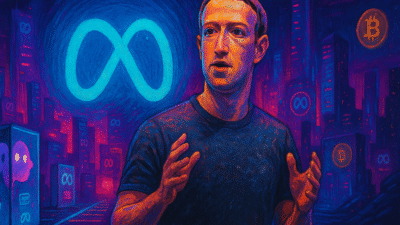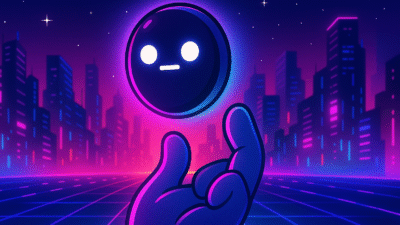Introduction: From Farming Tokens to Actual Gameplay
In 2021, Play-to-Earn (P2E) was the hottest thing in crypto. But most games were just DeFi with better graphics — unsustainable, grindy, and not fun.
Now in 2025, a new wave of Web3 games is finally flipping the script. Instead of making players chase yield, they’re focusing on real gameplay, strong communities, and long-term economies. It’s no longer just play-to-earn — it’s play-and-enjoy.
Welcome to P2E 2.0 — where the tokens are optional, but the fun isn’t.
1. What Went Wrong With Play-to-Earn 1.0?
Let’s be honest — the first wave of P2E games crashed hard:
- Axie Infinity’s economy collapsed
- Bots and farmers outnumbered players
- Players saw games as jobs, not joy
The result? Token prices tanked, player retention dropped, and VCs fled.
The lesson: games need to be games first — economies second.
2. What’s Changed in 2025: Gaming First, Tokens Second
Today’s Web3 games:
- Focus on core gameplay loops first
- Use NFTs and tokens as bonus layers, not the main event
- Build communities around content, not just speculation
Think of it like Fortnite meets Steam meets open economies.
3. New Titles Leading the Charge
Some breakout games in 2025 include:
- Shrapnel – AAA extraction shooter with NFT skins and creator tools
- The Otherside (by Yuga Labs) – Expanding into competitive PvP
- Off the Grid – Cyberpunk battle royale with in-game asset ownership
- Parallel – Card battler with NFT decks and $PRIME economy
These aren’t yield farms with a UI — they’re actual games people want to play.
4. Ownership Still Matters — Just Not Up Front
Gamers don’t want to buy NFTs on day one. So smart games now:
- Let players earn and claim items after trust is built
- Keep Web3 features optional and invisible
- Offer benefits like true item ownership, resale, and creator royalties
It’s not about Web3 evangelism — it’s about player empowerment.
5. Infra Boom: Better Tools for Builders
Game devs now have:
- Unity/Unreal SDKs for Web3 integration
- Layer 2 chains optimized for gaming (e.g. Immutable, Arbitrum Nova)
- In-game wallets, seamless sign-on, gasless UX
Infrastructure caught up — making Web3 game design actually feasible.
6. The Creator Economy Enters the Game
Some games now enable:
- UGC tools for maps, skins, mods
- Revenue sharing for creators
- NFT remix culture and mod bounties
It’s Roblox energy — but decentralized.
Players aren’t just playing. They’re building and profiting.
7. What Players Actually Want in Web3 Games
Surveys in 2025 show:
- 72% want fun first, rewards second
- 61% prefer games that hide Web3 until it matters
- 85% trust games with real studio pedigree or lore
The new rule: Don’t sell a token. Sell a universe.
8. What Still Needs Work
- Interoperability promises still underdelivered
- Bots are still a problem in some economies
- Traditional gamers still associate NFTs with scams
Reputation is improving — but slowly.
Conclusion: This Time, It’s Actually Playable
Play-to-Earn 1.0 was a hype train. Play-to-Earn 2.0 is building a genre.
Fun is back. Studios are shipping. Players are staying. And Web3 isn’t just a buzzword — it’s a backend.
If 2021 was about extraction, 2025 is about expression.
Let’s play.
Play-to-Earn 2.0: Web3 Gaming Finally Gets Fun
The content, Play-to-Earn 2.0: Web3 Gaming Finally Gets Fun, published on Mugen:City is for informational and entertainment purposes only.
We do not offer financial advice, investment recommendations, or trading strategies.
Cryptocurrencies, NFTs, and related assets are highly volatile and risky — always DYOR (do your own research) and consult with a professional advisor before making any financial decisions.
Mugen:City, its writers, and affiliates are not responsible for any losses, damages, or financial consequences resulting from your actions.
You are fully responsible for your own moves in the degen world. Stay sharp, stay rebellious.





